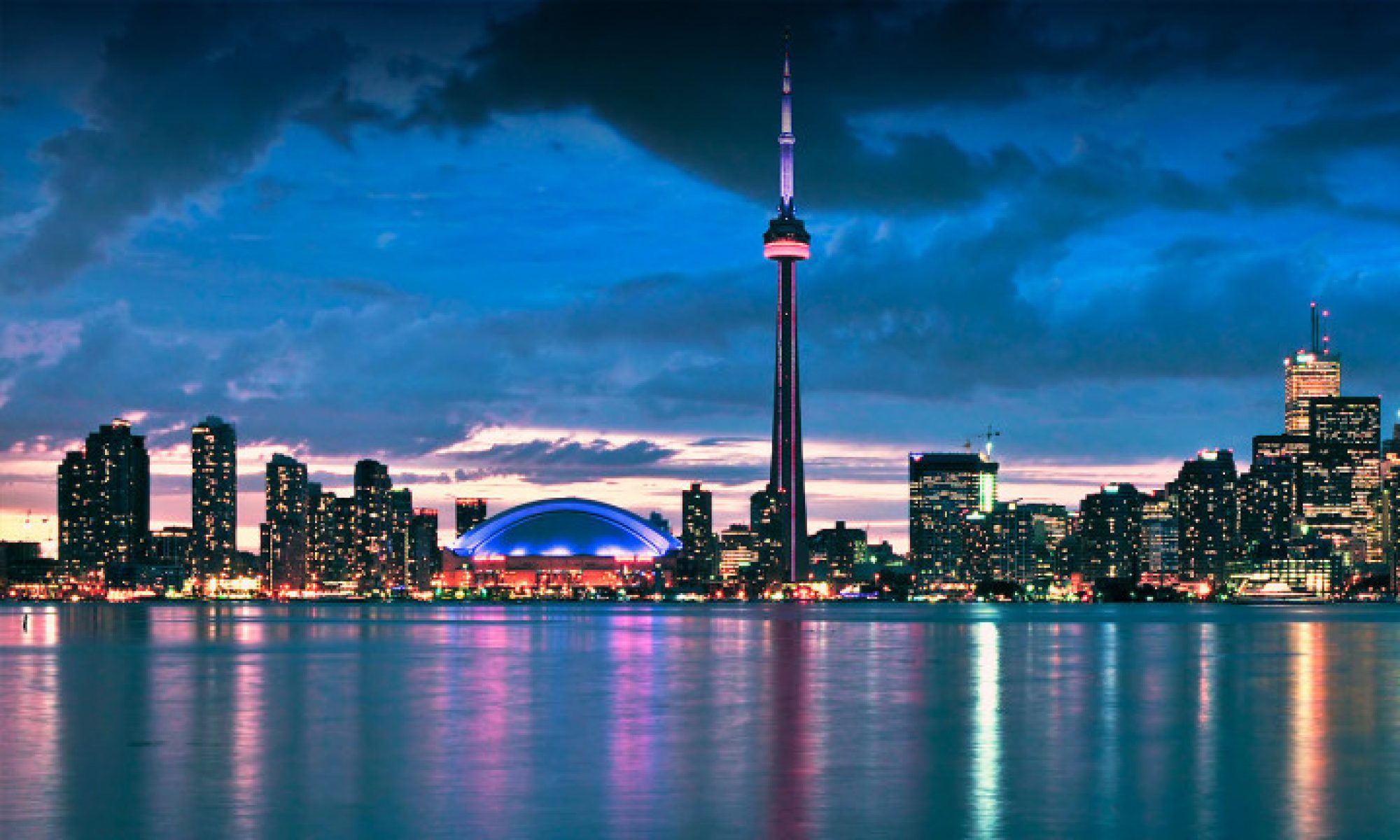Dear Torontonians,
Often I am asked “What can Open Data do to make our lives (my life) better in the City of Toronto? Well here is a short story I borrowed from New York City. There, they created an Open Data By-Law!!
Here is the link: http://www1.nyc.gov/assets/home/downloads/pdf/reports/2015/NYC-Open-Data-Plan-2015.pdf
And here is your story! I read it out loud at the end of the last Executive Committee…I called it everyone’s bed-time story since it was close to 11AM!
“You’re walking down the street when it starts to rain, so you duck into a bus shelter. Near the bus shelter is a coffee shop. The owner of the coffee shop decided on its location after using free market research information on neighbourhood demographics and localized business conditions.
When the owner’s bank wanted foot traffic numbers to support her loan application, her niece, a master’s student at a local university, made blocklevel estimates of pedestrian volume.
Inside the coffee shop, a group of high school students is hard at work on a paper for their environmental science class. They’re analyzing the effects of climate change on different tree species. The data they’re using isn’t comparing far-off conditions – it’s from trees planted in their neighborhood. If their paper is the best in the class, they’ll meet with City agencies to put their recommendations into action.
Construction is going on in the park across the street. Community members used data on the neighborhood to decide where they wanted to spend a discretionary grant. The construction company saw the bid through an app that uses machine learning and City data to suggest business opportunities specifically matched to the size and expertise of the company. The company is small, and had never considered working with the City – now it’s planning on bidding on two more contracts next year.
Two City inspectors enter a building further down the street. They have just spent the morning inspecting buildings to make sure that they are safely up to code. In order to increase the effectiveness of their inspection process, they use a predictive model developed by their agency’s analytics team.
It continues to rain. Operational centres for different agencies use 311 service requests for street and building flooding to deploy immediate resources. They’ll also overlay this rainstorm’s data against past storm information to find hot spots to target infrastructure repairs and additional investment for long-term resiliency.
Sweet Dreams!!”
…..And this is what Open Data does in New York City……and it can do this and much more for the City of Toronto and its residents!
All my Best,
Paul
